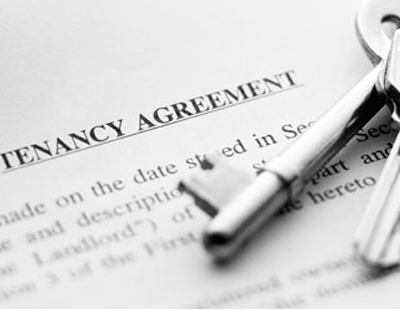Tenants sometimes complain their property is damp and mouldy, and request that their landlord take action to address the problem. Landlords, on the other hand, regularly blame tenants’ lifestyles for the issue.
Condensation, rising damp and penetrating damp are the primary causes of damp in residential property, but there are steps you can take to tackle the dilemma.
Matt Trevett, managing director at The Deposit Protection Service (The DPS), said: “Damp and mould can cause significant damage to properties and are also detrimental to the health of tenants.
“By following a few important guidelines, tenants and landlords can lessen the effect of both conditions and help reduce the likelihood of entering into a dispute.”
Here are some top tips The DPS has compiled to help landlords and tenants see off damp and mould this winter:
1. Keep windows open whenever possible
An open window enables moisture to escape rather than settle onto walls or furnishings. For security reasons, always shut and lock windows when no one is home
2.Uncover ventilation vents and use extractor fans in rooms without windows
Good ventilation is essential in rooms with lots of moisture and no windows
3. Put lids on pans to stop steam escaping
Lids on pans means less moisture in the kitchen, better heat retention and faster meal cooking
4. Don’t leave kettles boiling
Boiling only as much water as you need means less moist air circulates. It is also a great electricity saver
5. Dry clothes outside when possible
Clothes will dry outside during a sunny winter’s day, but moisture from wet clothes inside will settle onto walls, providing an ideal surface on which mould can grow
6. Use a dehumidifier
A dehumidifier will draw water from the air into a tank, which you can empty. Smaller, non-electrical dehumidifiers contain water-absorbing crystals instead. These are great for inside wardrobes or behind cupboards in mould-prone spots
7. Keep household heating on a low level for longer periods
Don’t blast a cold house with heating when you’re in. Go for a lower temperature over a longer period of time to keep the air in your house constant and avoid the risk of condensation
8. Wipe windows and windowsills with a dry cloth to remove moisture
In the winter, window glass becomes cold as a result of contact with the outside air, collecting more condensation than walls. Wiping over windows with a dry cloth can stop mould growing
9. Leave internal doors open, so air can circulate around the property
Closed doors lead to over- or underheated rooms. Leaving some doors open enables fresh air to circulate through the house at an even temperature, helping to keeping mould at bay
10. Professionally clean all mouldy soft furnishings, clothes and toys
Mouldy curtains, clothes or toys need professional steam cleaning to kill mould spores. Cleaning in washing machines risks contaminating other belongings because the water may not be hot enough to kill the mould.
Want to comment on this story? If so...if any post is considered to victimise, harass, degrade or intimidate an individual or group of individuals on any basis, then the post may be deleted and the individual immediately banned from posting in future.







.jpeg)






.png)






Join the conversation
Jump to latest comment and add your reply
I have a detached house in Norwich built around 1880 which I have owned for the past 30 yrs, over this time I have had many tenants there complain of damp and mould, present tenant has been there around 3 - 4 yrs now, no damp and no mould, why ? because when ever I drive past, winter or summer, the bedroom windows are always open durin day light hours, there's your answer.
These 10 tips are all under the control of the tenants, not the landlords, which seems to prove the point that it's tenant lifestyle that is the main cause of damp and mould. I have had two cases of mould in two flats which have each had about 20 tenants over the years but no mould problem with the other 18 or so tenants occupying the same properties. Nothing has changed in the basic condition of the properties. The only change has been the way the tenants have kept the property heated and ventilated ( or not).
Please login to comment